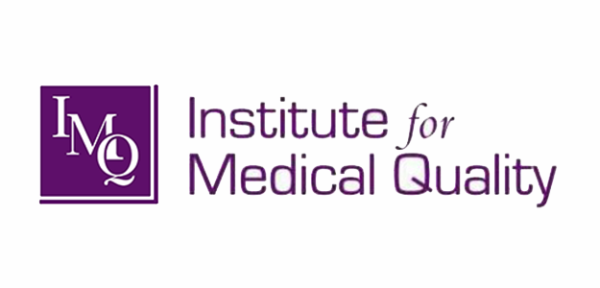The Joint Commission has published its list of most challenging Primary Care Medical Home (PCMH) requirements for 2014 – 2015. The included requirements generated findings in at least 10% of organizations surveyed by the agency during that time frame.
Five (5) EPs under the Provision of Care, Treatment, and Services (PC) chapter, two (2) EPs under the Performance Improvement (PI) chapter, two (2) EPs under the Rights and Responsibilities of the Patient (RI) chapter, and one (1) EP under the Record of Care, Treatment, and Services (RC) chapter. Both PC.02.04.01 EP 4 and RI.01.04.03 EP 7 are new to the most challenging requirements list; the remaining eight (8) EPs appeared on the previous list. Continue reading









